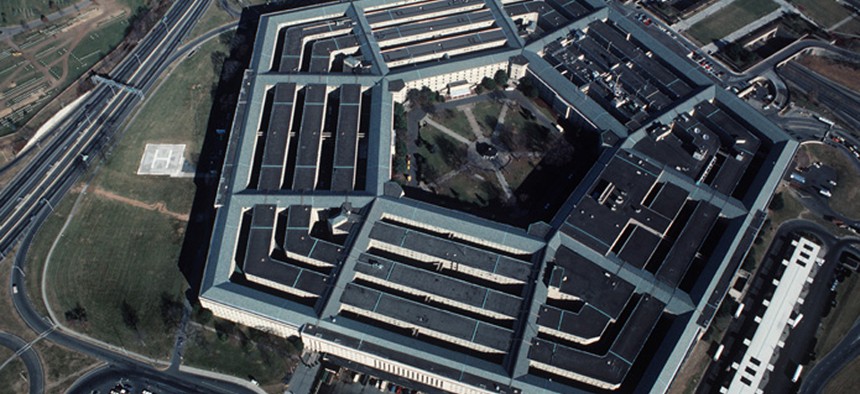
Defense Department file photo
Yes, Defense Furloughs Hurt Morale and Employee Retention
Officials at three sites tell watchdog the mandatory unpaid leave created rifts within the workforce.
Furloughs at the Defense Department last summer damaged the morale not only of the civilians who were sent home without pay, but members of the military, officials at three Defense sites told congressional auditors.
In addition to resulting in a roughly 20 percent reduction in weekly pay for six weeks, the furloughs created rifts within the Defense civilian workforce, since some employees received exceptions and others did not, and the decisions were not always consistent across the services, the officials told the Government Accountability Office. GAO interviewed representatives of Norfolk Naval Shipyard in Virginia, Brooke Army Medical Center at Fort Sam Houston in Texas and the Air Mobility Command at Scott Air Force Base in Illinois for the report (GAO-14-529), which looks at how the Pentagon implemented furloughs in response to sequestration.
For instance, the Air Force did not furlough its inpatient nursing staff, but the Army did, leaving the Army nurses in poorer spirits, officials at Brooke Army Medical Center noted. (The Air Force nurses were transferred to Brooke medical center as part of the Base Realignment and Closure process but management remained separate at the time of the furloughs).
At Norfolk, civilians in supporting commands were furloughed and experienced a decline in morale as their “civilian colleagues working in the shipyard were not only excepted but were also working overtime during the furlough period,” officials told GAO.
Rifts also opened between furloughed civilians and contract employees who did not take a pay cut during the furloughs, officials at the Air Mobility Command reported. In addition, the command furloughed some “civilians historically considered ‘mission essential,’” the officials noted.
The sites followed rules preventing them from using military personnel as substitutes for furloughed civilians, and “some officials stated that service members experienced a decline in morale as they worked longer hours to complete their missions in the absence” of the civilians, the report said.
Officials at the three sites also offered examples of attrition due to furloughs. GAO noted that on a broader level, the Army surgeon general has stated that 2,700 civilian doctors, nurses and health workers left in 2013 because of the furlough, with many going to the Veterans Affairs Department.
Defense officials expect a longer-term effect on morale, recruiting and retention, and have introduced several high-level initiatives to address the problem, GAO said, though the department did not offer the auditors details or timetables.
The watchdog also cautioned that “measuring the direct impact of the furlough is difficult since it was a part of a broader set of sequestration actions that included a civilian hiring freeze, limits on overtime, and termination of temporary and term hires, as well as other non-sequestration-related personnel actions, such as a 3-year pay freeze between 2011 and 2013.”
Defense initially told civilians to be ready for up to 22 furlough days in 2013, but ultimately furloughed 624,404 civilians for six days, saving $1 billion in pay, GAO said. The watchdog noted that Pentagon officials did not factor in excepted personnel when coming up with their initial estimate of cost savings from the furloughs, and did not update their projections as they reduced the number of furlough days.
“As DoD continues to face budgetary uncertainty, and in the event of a future furlough, having comprehensive and updated cost information may help better inform decision makers,” the report stated. Defense partially agreed with this recommendation.
NEXT STORY: Is a U.S. Air Strike in Iraq Legal?







